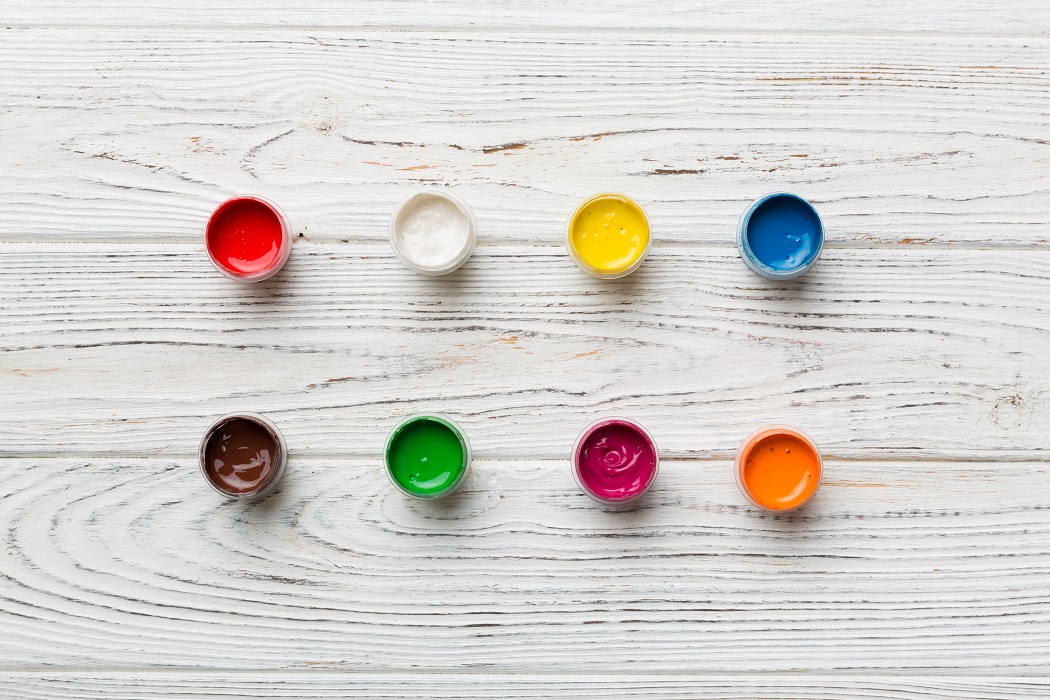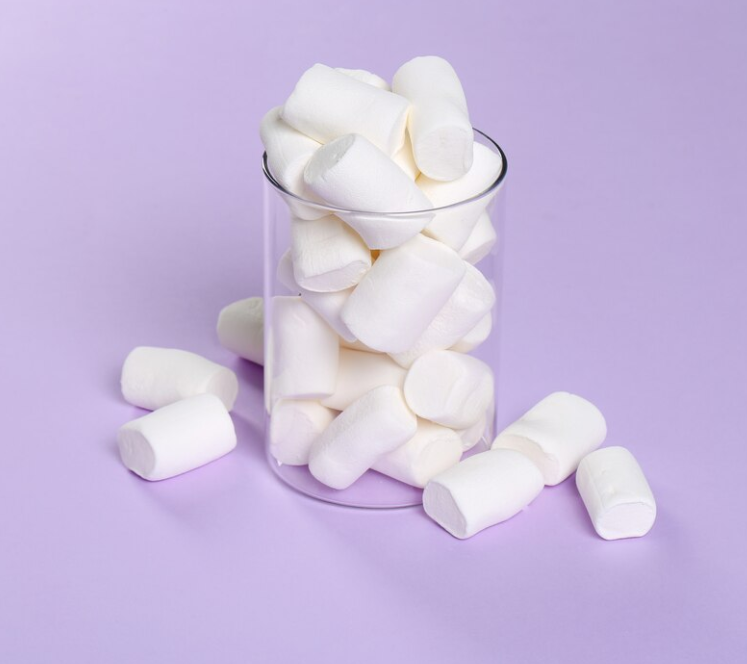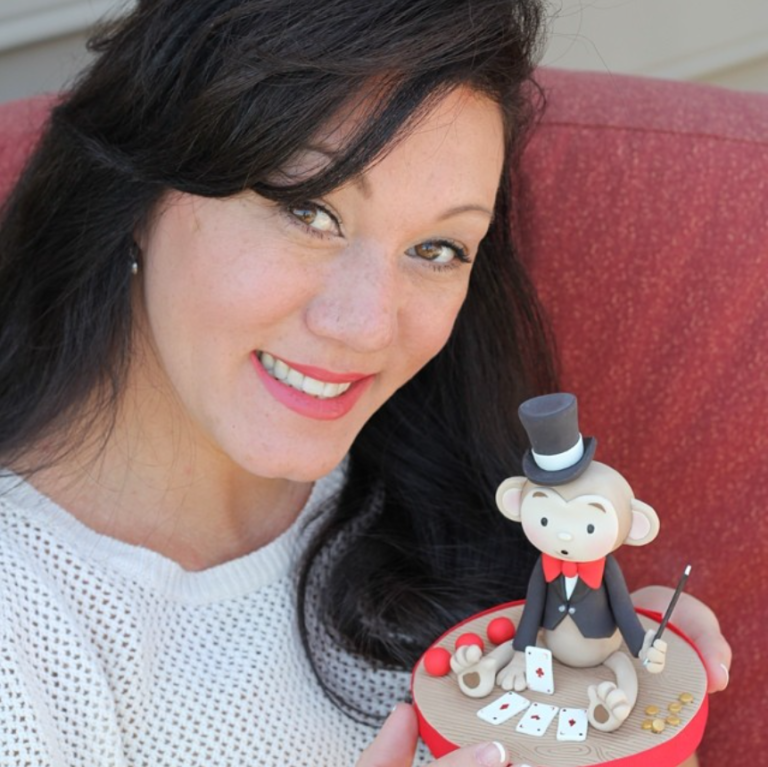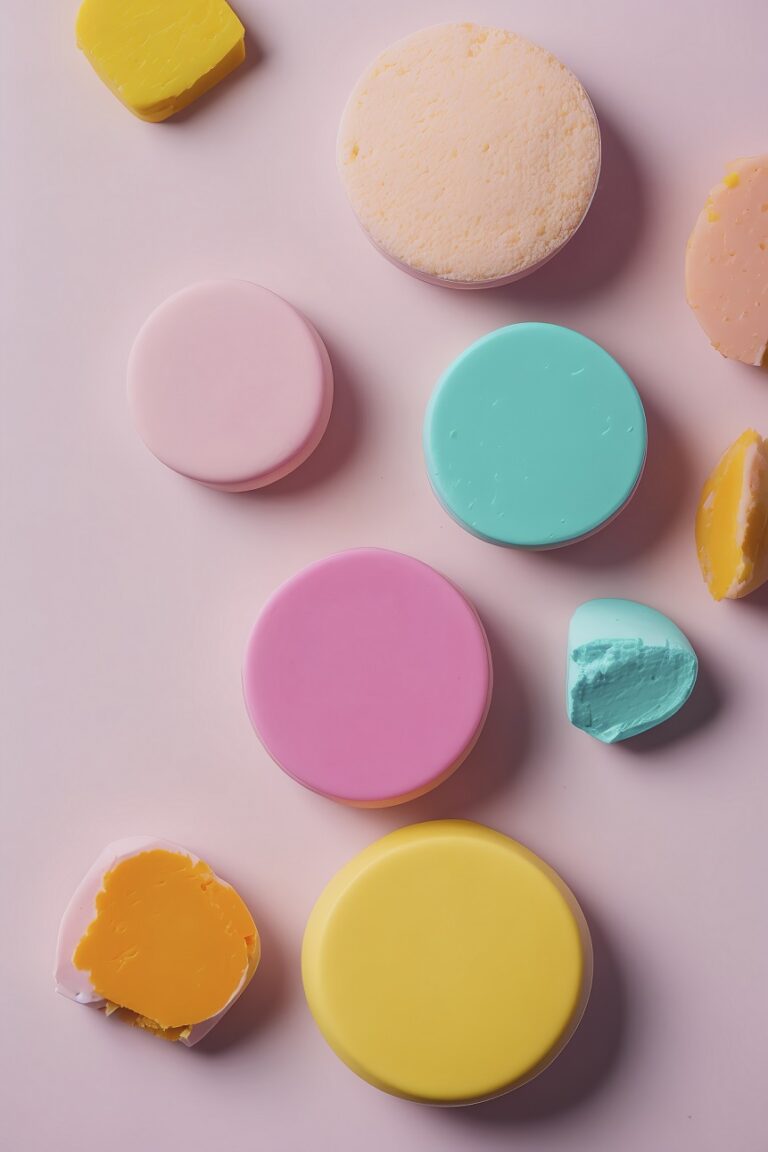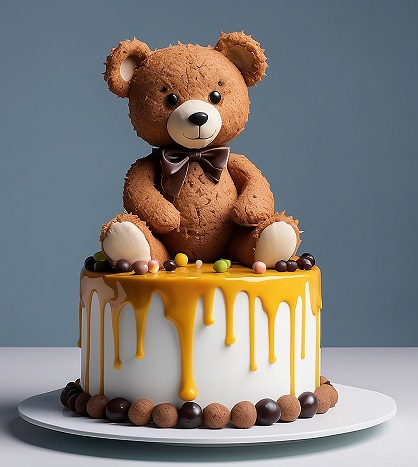Coloring Tips for Fondant and Cold Porcelain
1.General Tips
- Avoid coloring at night, especially yellows: Colors may appear different under artificial light, and you might miss streaks or unevenness.
- Color small portions first: Start by coloring small amounts of paste and gradually add them to larger portions until you achieve your desired shade. This helps you control the final color and avoid over-coloring.
- Add cornstarch for sticky paste: Knead in a small amount to restore the texture.
2.Fondant-Specific Tips
- Don’t use liquid coloring for dark shades: Opt for gel coloring for better results.
3.Cold Porcelain-Specific Tips
- Wash and dry your hands: If you notice the acrylic paint drying on your fingers while kneading, be sure to wash and dry your hands before continuing. This prevents dried paint particles from creating unwanted colored dots on your final piece.
- Use white paint for white cold porcelain: Unlike fondant, you need to add white paint to achieve a true white color in cold porcelain. Otherwise, it may appear transparent when dry.
- Remember that cold porcelain darkens after it dries: Keep in mind to go for a lighter shade when you’re coloring your cold porcelain to achieve your desired color once it’s dry.
- Use grey paint to achieve grey shades: You cannot achieve light grey by using a bit of black paint as it will always end up in a very dark grey or black once it dries. So, it is better to use a grey paint to achieve the desired grey shade.
- Store uncolored cold porcelain: To prevent mold growth, store any unused cold porcelain without color.

